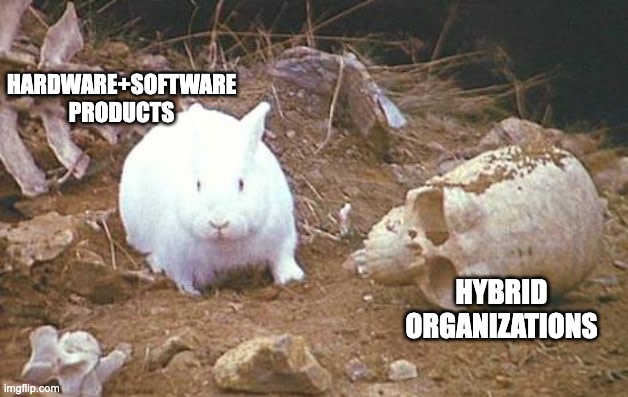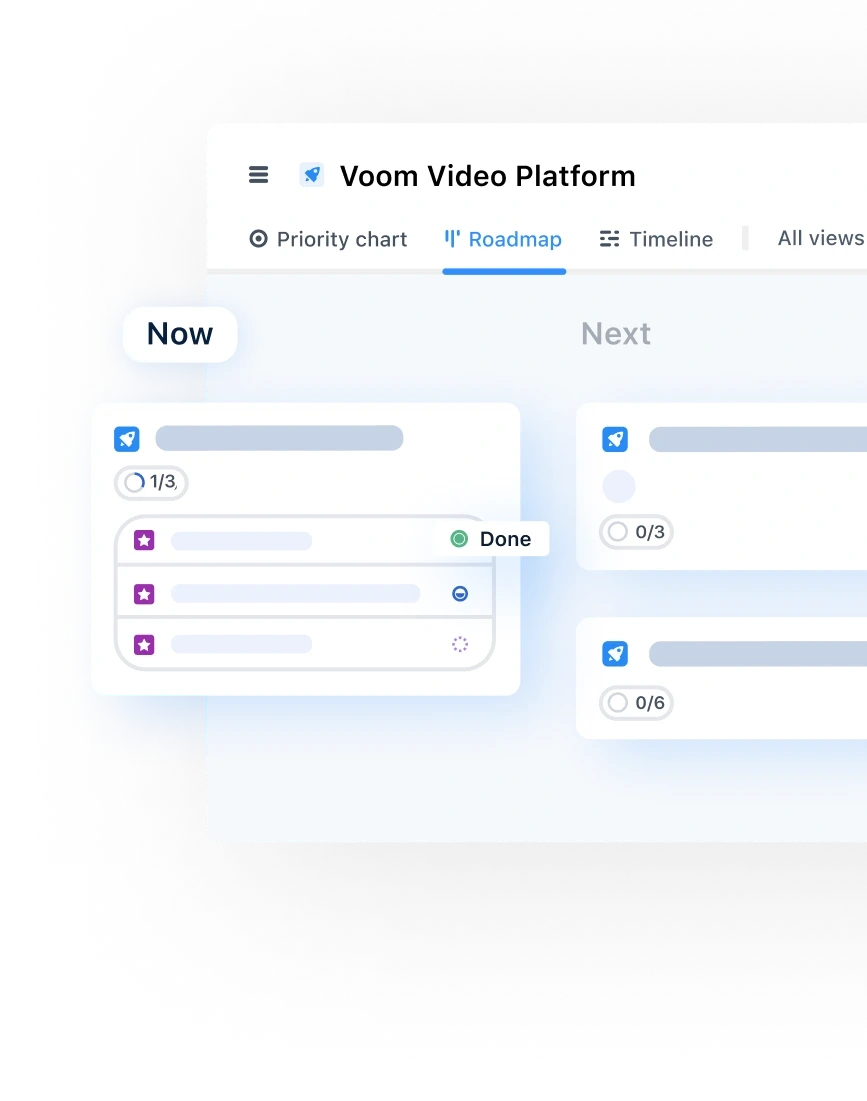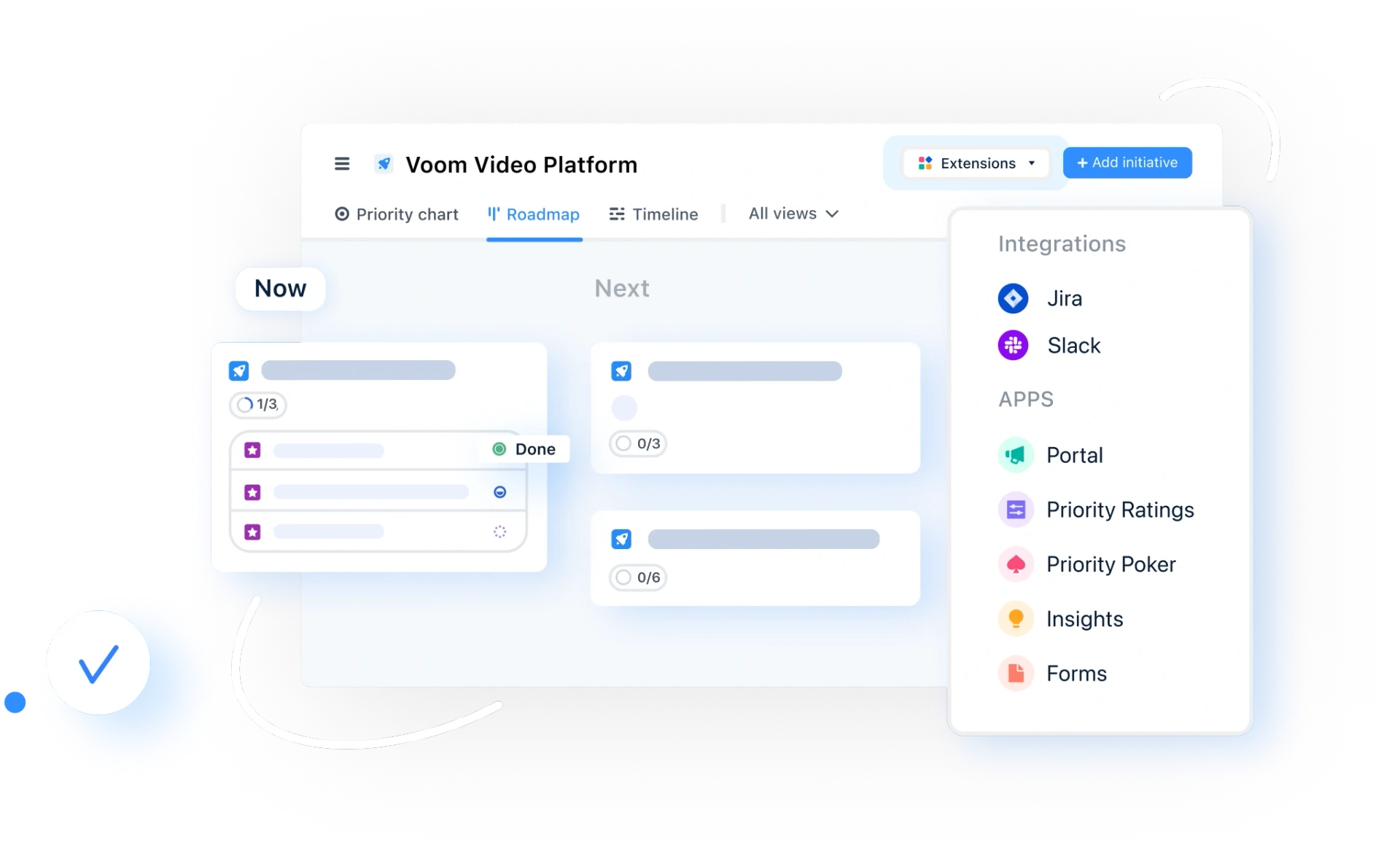Streamlining product management processes for hybrid (hardware/software) organizations
You can't chase two rabbits at the same time. Proverb.
Now, let’s imagine those rabbits: one is methodical, hopping in straight lines, and taking its sweet time to get anywhere (hardware development!). The other hops around unpredictably, sprinting ahead at lightning speed with updates every week (classic software). Trying to chase them both? Suddenly, they turn into Monty Python–style killer rabbits, and that’s the daily grind of hybrid organizations.

Hybrid companies live at the messy yet exciting intersection of hardware and software. They’re the ones behind medtech devices that analyze real-time patient data, and industrial robots optimized by AI-driven software. They’re transforming industries like logistics, manufacturing, and healthcare, but not without a fair share of headaches.
Balancing the fundamentally different rhythms and processes of hardware and software development mostly feels like running two entirely different businesses under one roof.
Hardware is slow and steady, with years-long development cycles, while software thrives on agility, rolling out updates in days or weeks. Now, imagine trying to manage and align these vastly different timelines, coordinate teams that speak entirely different "languages," juggle interdependent workflows, and prioritize initiatives across both worlds (all without dropping the ball). It sounds like a logistical nightmare, right?
This is exactly why streamlined product management processes are essential. They provide the structure and alignment needed to keep everything running smoothly, ensuring hardware and software teams can work together effectively.
TL;DR
Hybrid organizations combine hardware and software development, delivering innovations like AI-powered robots and medtech devices.
Managing these two vastly different workflows is difficult. Think: misaligned timelines, clashing methodologies (Agile vs. Waterfall), and communication silos.
Streamlined product management processes are the secret weapon to overcoming these challenges, speeding up delivery, and driving collaboration.
Examples? Flexible PM tools (like airfocus), centralized documentation, and hybrid workflows that blend Agile and Waterfall methodologies.
What are hybrid organizations?
Hybrid organizations are companies that design and develop both hardware and software products as part of a cohesive offering. These companies often operate in industries where physical products and digital systems must work together to deliver value.
Examples include:
Medtech: Surgical devices integrated with software for real-time analytics and diagnostics.
Logistics and automation: Robotics powered by machine learning software to optimize warehouse management.
Industrial manufacturing: Electrical components paired with firmware for operational control and data monitoring.
Unlike companies that focus solely on software or hardware, hybrid organizations live at the intersection of two very different product development universes:
Hardware: Development cycles are long and expensive, with updates often limited to once a year or less. Testing and compliance add further complexity.
Software: Iterative by nature, software evolves quickly based on user feedback, often requiring updates weekly, or even daily.
This duality creates lots of challenges, from misaligned timelines to communication breakdowns, which can hinder innovation and delivery.

The challenges of being a hybrid organization
Hybrid organizations face many of the same product management challenges as other enterprises, but magnified by their unique environment.
1. Complexity and dependencies
Hardware and software don’t just follow different development rhythms, they often rely on each other to function. For example, a robotic arm might require firmware updates to be compatible with new control software. These dependencies make coordination between teams critical and challenging.
2. Diverse methodologies
Hardware teams often adhere to Waterfall-style processes, where every step is planned and executed in sequence. Meanwhile, software teams tend to favor Agile, which emphasizes flexibility and iteration. Bridging these two methodologies is not easy.
Check out our Ultimate Guide to Agile.
3. Resource allocation
Balancing resources across two vastly different workflows can be difficult. Investing too heavily in one area risks delays or inefficiencies in the other.
4. Communication silos
Hardware and software teams often operate in silos, using different tools, priorities, and languages. Without a clear line of communication, misalignment is bound to happen.
5. Market pressure
Hybrid organizations often work in high-stakes industries, where delays or errors can have significant financial or reputational consequences. This pressure only amplifies the need for streamlined processes.

Why streamlined product processes matter for hybrid organizations
Streamlined product management processes help hybrid organizations overcome these challenges by creating a framework for alignment, communication, and efficiency. Here’s how these processes can help:
Faster time-to-market: Aligning hardware and software teams allows for faster iterations and a clearer path to launch.
Cost efficiency: Prioritizing high-impact features and eliminating unnecessary work reduces waste and maximizes ROI.
Improved collaboration: Shared tools and processes bridge the gap between teams, fostering a culture of transparency and trust.
How can hybrid organizations streamline PM processes across software and hardware product teams?
Here are some practical strategies for hybrid organizations to strike the balance between hardware and software development:
1. Adopt flexible tools
Hybrid organizations need tools that can handle the complexity of their workflows and scale with them as they grow. Tools like airfocus, allow teams to customize roadmaps, prioritize initiatives, and manage dependencies across hardware and software teams.
2. Centralize documentation
A single source of truth is essential for hybrid organizations. Centralized documentation ensures that teams, stakeholders, and decision-makers are always aligned and working with the most up-to-date information.
3. Prioritize backlogs dynamically
Techniques like RICE scoring (Reach, Impact, Confidence, Effort) help teams focus on what matters most, ensuring resources are allocated where they’re needed most.
4. Bridge communication gaps
Encourage cross-functional collaboration through regular touchpoints and shared communication tools. For example, daily standups or retrospectives can help identify and address blockers early.
5. Embrace agile-waterfall hybrids
While hardware teams might not be able to embrace Agile fully, hybrid organizations can create hybrid workflows that borrow the best of both worlds. This might include breaking hardware projects into smaller phases or incorporating iterative feedback loops for software.
airfocus, a product management tool tailored for hybrid organizations' success
airfocus is uniquely suited to hybrid organizations because it offers:
Customizable workspaces
Tailor workflows to suit both hardware and software processes.
Portfolio roadmaps
Consolidate multiple roadmaps into a cohesive strategy.
Feedback integration
Aggregate user feedback across hardware and software touchpoints for better prioritization.
Ease of use
Quick implementation means teams can start streamlining processes immediately, no two-year onboarding required!
Final thoughts
Hybrid organizations are driving some of the most exciting innovations today, but their unique challenges call for equally creative solutions. By adopting streamlined product management processes, these companies can bring their hardware and software teams together, speed up delivery, and stay ahead in a competitive market.
With streamlined processes and flexible tools like airfocus, hybrid companies can manage the complexity of hardware and software development seamlessly.
Because with the right tools, chasing two rabbits at the same time is possible after all.
Curious about what streamlined product management could look like for your organization? Book a demo with airfocus and see it in action!

Nouran El-Behairy

Read also




Experience the new way of doing product management

Experience the new way of doing product management


